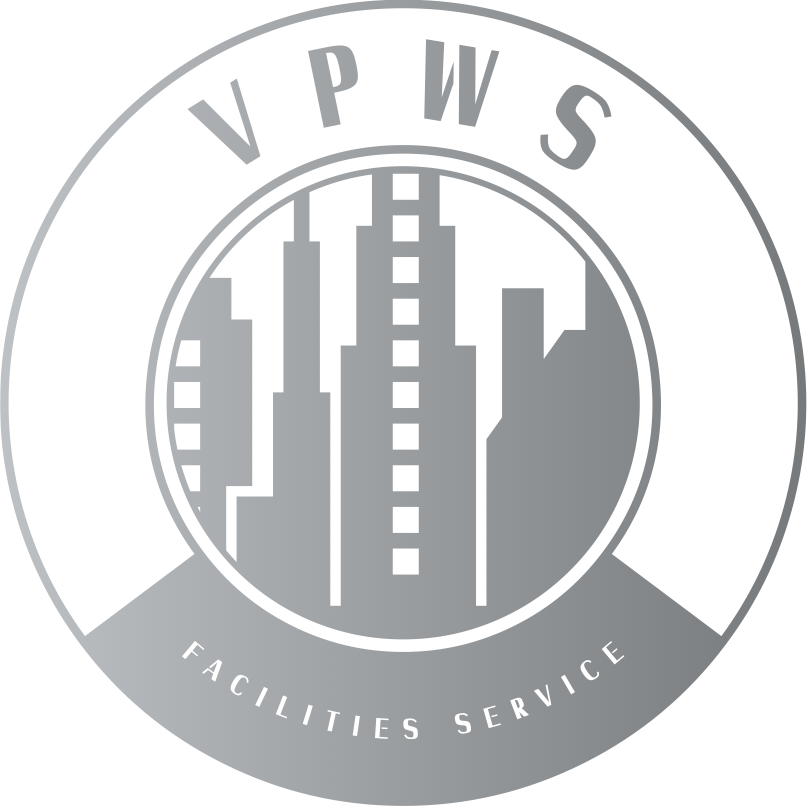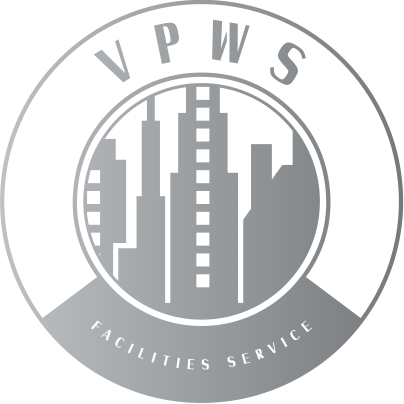How to Properly Disinfect High-Touch Surfaces in Your Business.
Maintaining a clean and healthy environment in your business is primary for staff and customers. Frequently handled by numerous people, high-touch surfaces are hot spots for germs and bacteria. Ensuring these surfaces are appropriately disinfected promotes health and boosts your business reputation. Consistent disinfection practices contribute to a safer, more hygienic workplace.
Identifying High-Touch Surfaces
High-touch surfaces are areas that people often touch throughout the day. These surfaces are prime locations for germs to accumulate and spread. Examples include doorknobs, light switches, countertops, keyboards, and phones. The more frequently a surface is touched, the higher the risk of germ transmission, making it crucial to identify and focus on these areas.
Selecting the Right Disinfectants
Choosing the proper disinfectant is crucial for effective cleaning. It's essential to use EPA-approved products since they are proven to eliminate harmful germs. Different surfaces may require specific disinfectants, so consider the material and manufacturer guidelines. Avoid products that can damage surfaces, and opt for those that are safe and effective for your needs.
Proper Disinfection Techniques
Effective disinfection requires proper technique. Begin by cleaning the surface to remove dirt and grime, which can hinder the disinfectant's effectiveness. Apply the disinfectant generously, ensuring it covers the entire surface. Follow the manufacturer's instructions for contact time, allowing the disinfectant to remain on the surface long enough to kill germs. Wipe the surface with a clean cloth if necessary.
Frequency of Disinfection
How often you disinfect surfaces depends on several factors. High-traffic areas should be disinfected multiple times daily, while low-traffic areas require less frequent attention. Establishing a routine based on the specific needs of different regions ensures comprehensive coverage. Regular disinfection reduces the risk of germ spread, creating a safer environment for everyone.
Protecting Your Staff and Customers
Protecting those who disinfect is as vital as the disinfection itself. Personal protective equipment (PPE), such as gloves and masks, should be worn during the process. Training employees on the correct disinfection procedures ensures they perform their tasks safely and effectively. This training includes the proper use of disinfectants and the importance of avoiding cross-contamination.
Monitoring and Maintaining Cleanliness
Consistent monitoring is vital for maintaining high cleanliness standards. Use checklists and logs to keep track of disinfection efforts and ensure no area is overlooked. Regular audits help identify areas for improvement and ensure compliance with health guidelines. Adapting to new information and standards keeps your disinfection practices current and effective.
Addressing Common Challenges in Disinfecting
Disinfection problems can arise. A plan for alternative disinfectants or cleaning methods can help mitigate supply issues. Efficient scheduling and task delegation ensure that disinfection does not disrupt business activities, maintaining cleanliness and productivity.
Properly disinfecting high-touch surfaces is integral to a healthy business environment. Businesses can significantly reduce germ transmission by identifying these surfaces, selecting effective disinfectants, and employing proper techniques. Promptly regular monitoring and addressing challenges guarantee sustained cleanliness, fostering a safe and welcoming atmosphere.
Impact of Proper Disinfection on Business
Proper disinfection practices profoundly impact various aspects of a business, enhancing overall operations and creating a healthier environment. Here are key areas where effective disinfection makes a significant difference:
Employee Health and Productivity
Regular and thorough disinfection reduces the spread of illnesses, leading to fewer sick days. Healthy employees are more productive and engaged, contributing to a more efficient workplace. Reduced absenteeism ensures that business operations run smoothly without the disruptions caused by staff shortages.
Customer Satisfaction and Trust
A clean, well-maintained environment signals customers that the business cares about their well-being. It fosters trust and encourages repeat visits. Customers are more likely to frequent a company they perceive as safe and hygienic, enhancing customer loyalty and positive word-of-mouth recommendations.
Reputation and Brand Image
Businesses known for their cleanliness and commitment to health safety stand out positively in the market. This reputation can be a crucial differentiator, attracting new customers who prioritize hygiene. A strong brand image associated with cleanliness can be especially advantageous in the hospitality, healthcare, and food services industries.
Compliance and Liability
Adhering to recommended disinfection guidelines helps businesses comply with health and safety regulations, avoiding potential fines and legal issues. Proper disinfection reduces the liability risk from illness outbreaks linked to the business premises. Demonstrating compliance with health standards can also enhance the business's credibility and trustworthiness.
Financial Benefits
Investing in proper disinfection practices can lead to long-term financial savings. Fewer sick days reduce the costs associated with employee downtime and temporary replacements. Additionally, attracting and retaining customers through a reputation for cleanliness can lead to increased revenue. The initial investment in quality disinfection products and training can be offset by savings and increased income from a healthier, more productive business environment.
Focusing on these areas can help businesses see the benefits of maintaining rigorous disinfection protocols. These practices protect health and contribute to the company's success and sustainability.
Types of Disinfectants and Their Uses
Understanding the various types of disinfectants and their specific uses is crucial for effective cleaning. Each type has its strengths and ideal applications:
Alcohol-Based Disinfectants
These disinfectants, typically containing isopropyl alcohol or ethanol, are effective against many bacteria and viruses. They are fast-acting and evaporate quickly, leaving no residue, making them ideal for surfaces like electronics and quick-use items. However, they may not be suitable for all surfaces, such as those sensitive to alcohol.
Bleach Solutions
Bleach (sodium hypochlorite) is a powerful disinfectant that can kill many pathogens, including bacteria, viruses, and fungi. It is commonly used for disinfecting hard, non-porous surfaces such as floors, countertops, and bathroom fixtures. While effective, bleach can be corrosive and damage certain surfaces if misused. It requires proper ventilation and handling precautions.
Hydrogen Peroxide
Hydrogen peroxide is an effective disinfectant that is less harsh than bleach. It works well on various surfaces, including fabrics, and is often used in healthcare settings. It can kill bacteria, viruses, and fungi and is also environmentally friendly as it breaks down into water and oxygen. Its versatility makes it an excellent all-around choice for various cleaning needs.
Quaternary Ammonium Compounds (Quats)
Quats are widely used in commercial disinfectants due to their broad-spectrum antimicrobial properties. They are effective against bacteria, viruses, and fungi and are commonly found in disinfectant wipes and sprays. Quats are suitable for use on many surfaces, including food-contact surfaces, but may leave a residue that needs to be rinsed off.
Eco-Friendly Disinfectants
These include plant-based and biodegradable disinfectants that are designed to minimize environmental impact. Products containing ingredients like thymol (from thyme oil) are effective against various pathogens and safer for children and pets. Eco-friendly options are ideal for businesses promoting sustainability and reducing chemical exposure.
Common Mistakes to Avoid When Disinfecting
Ensuring effective disinfection involves avoiding common mistakes that can undermine cleaning efforts. Proper techniques and adherence to guidelines maximize the benefits of disinfection efforts. Here are some pitfalls to be aware of:
Insufficient Contact Time
One of the most common mistakes is not allowing the disinfectant to remain on the surface long enough to be effective. Each product has a recommended contact time, often listed on the label, which must be adhered to for proper disinfection. Wiping the surface too soon can leave behind harmful pathogens.
Improper Cleaning Before Disinfecting
Disinfectants are less effective on dirty surfaces. Failing to clean surfaces thoroughly before applying disinfectants can reduce their efficacy. Dirt, grime, and organic matter can shield pathogens from the disinfectant, making it essential to clean first and then disinfect.
Using Incorrect Concentrations
Incorrectly diluting disinfectants can render them ineffective or too harsh. It's essential to follow the manufacturer's instructions for dilution rates precisely. Over-dilution can fail to kill germs, while under-dilution can be unnecessarily harsh and harmful to surfaces and people.
Inconsistent Disinfection Practices
Inconsistent or irregular disinfection schedules can leave high-touch surfaces vulnerable to contamination. Establishing and adhering to a regular disinfection routine ensures that all critical areas are consistently cleaned. Skipping disinfection or sporadically doing it can compromise hygiene standards.
Neglecting Personal Protective Equipment (PPE)
Skipping the use of PPE during disinfection exposes staff to harmful chemicals and pathogens. Proper gloves, masks, and eye protection are essential to protect employees. Training staff on using PPE correctly and ensuring it is available and used correctly helps maintain safety during disinfection tasks.
Disinfection in Different Business Types
Different types of businesses face unique challenges and requirements for effective disinfection. Tailoring disinfection practices to the specific needs of each business type ensures thorough and efficient cleaning. Here's how various industries can approach disinfection:
Retail Establishments
Retail businesses have high foot traffic, making frequent disinfection of high-touch surfaces like shopping carts, checkout counters, and door handles essential. Implementing a visible cleaning schedule reassures customers of the store's commitment to cleanliness. Additionally, providing hand sanitizing stations throughout the store can enhance overall hygiene.
Healthcare Facilities
Stringent disinfection protocols are crucial in healthcare settings to prevent the spread of infections. Surfaces such as medical equipment, examination tables, and waiting room areas must be disinfected daily. Using hospital-grade disinfectants and adhering to strict guidelines ensures patient and staff safety. Regular training for healthcare workers on updated disinfection practices is vital.
Hospitality Industry
Hotels and restaurants require meticulous disinfection of guest rooms, dining areas, and shared spaces. High-touch items like remote controls, light switches, and bathroom fixtures in guest rooms need special attention. After each use, tables, menus, and condiment containers should be disinfected in dining areas. Certifying staff are trained in proper disinfection techniques and using EPA-approved products to maintain high standards.
Office Environments
Offices must regularly disinfect shared spaces such as conference rooms, break rooms, and communal equipment like printers and coffee machines. Encouraging employees to disinfect their workspaces, including keyboards and phones, can help maintain office hygiene. Providing disinfectant wipes and hand sanitizers at strategic locations supports this effort.
Educational Institutions
Schools and universities must focus on disinfecting classrooms, libraries, cafeterias, and playgrounds. High-touch surfaces such as desks, chairs, and doorknobs require frequent cleaning. Implementing a strict disinfection schedule and involving staff and students in maintaining cleanliness can reduce the spread of germs in educational settings.
By understanding different business types' specific needs and challenges, tailored disinfection practices can be implemented effectively. It ensures comprehensive coverage, protects health, and maintains compliance with industry-specific guidelines.
Visit the VPWS Commercial Cleaning blog for expert tips and comprehensive guides on disinfecting high-touch surfaces. Keep your business safe and clean with VPWS!




